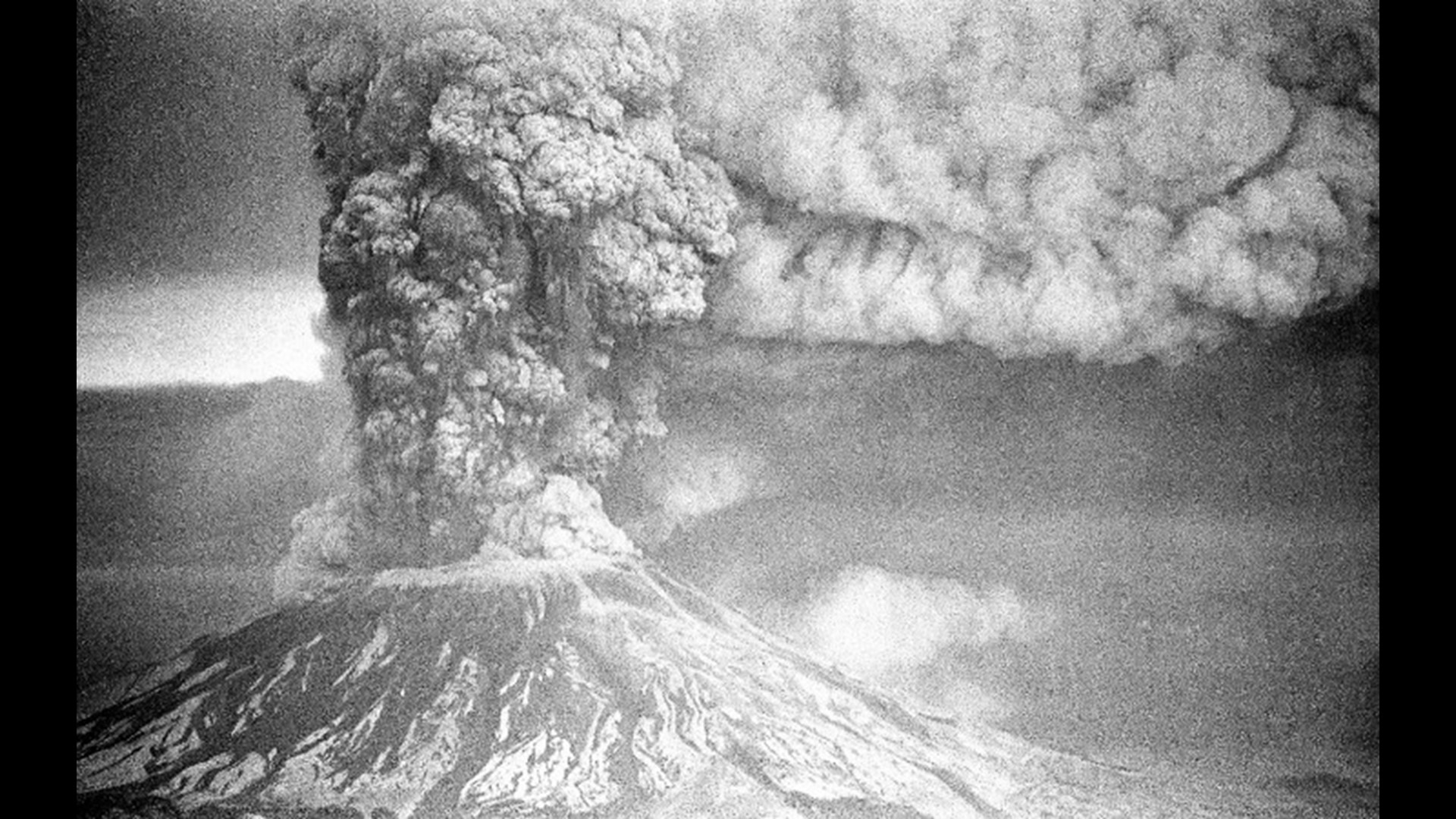On may 18 1980 mount st helens erupted in washington state and became one of the deadliest volcanic events in north america in recorded history and it is predicted its next explosion will be worse

Mount St. Helens: A Devastating Volcanic Catastrophe

On May 18, 1980, the serene landscape of Washington state’s Mount St. Helens was forever altered by a cataclysmic event — an eruption that would go down in history as one of the deadliest volcanic disasters in North America. This devastating natural phenomenon left an indelible mark on the region, causing widespread destruction, loss of life, and significant changes to the surrounding ecosystem.
The eruption of Mount St. Helens was triggered by a series of volcanic activities that had been steadily building up over several months. The unmistakable signs of an impending volcanic explosion began to unfold, alarming scientists and local residents alike. Seismic activity and steam emissions increased, while the iconic symmetrical cone of the mountain developed a noticeable bulge on its north flank.

Then, on that fateful morning of May 18, the mounting pressure within the volcano could no longer be contained. The eruption began with a massive landslide, triggering a lateral blast that released an immense amount of pent-up energy. The north face of Mount St. Helens collapsed, sending a gigantic cloud of ash, rock fragments, and gas hurtling down the mountainside at an astonishing speed of over 300 miles per hour.
The explosive force of the eruption caused widespread devastation over an area of more than 230 square miles. Entire forests were leveled, rivers were dammed, and the surrounding landscape was transformed into a desolate, volcanic wasteland. The force of the blast also generated a scorching pyroclastic flow, a superheated mixture of gas, ash, and rock debris, which spewed forth and engulfed everything in its path, obliterating any signs of life.
The human toll was tragically immense. A total of 57 people lost their lives that day, including geologists, photographers, and local residents who were caught off-guard by the sudden eruption. In addition to the loss of life, the eruption caused extensive damage to infrastructure, including roads, bridges, and power lines. The economic impact on local communities was profound and long-lasting, with livelihoods disrupted, homes destroyed, and communities forever changed.
Despite the passage of four decades since that catastrophic event, the memory of the Mount St. Helens eruption remains fresh in the minds of those who experienced its fury. Today, the area surrounding the volcano serves as a powerful reminder of the forces of nature and the need for ongoing research and preparedness when living in proximity to active volcanic areas.
Scientists continue to closely monitor Mount St. Helens, recognizing that it remains an active volcano with an unpredictable future. Although the next eruption cannot be predicted with certainty, it is believed that the impact could be even more significant than that of 1980. Advances in technology and research have allowed experts to gain a deeper understanding of volcanic activity, aiding in the development of early warning systems and evacuation protocols that seek to minimize the potential loss of life.
The story of Mount St. Helens is one of resilience in the face of unimaginable destruction. It serves as a somber reminder of the awe-inspiring power that lies beneath the Earth’s surface and the need for diligent preparation and proactivity in the face of potential volcanic threats.
Source: WorldAtlas
Share
Related Posts
Quick Links
Legal Stuff

